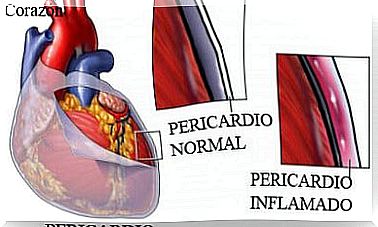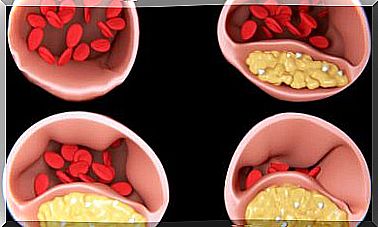What Are Ostomies?
Ostomies are surgeries that involve major changes in lifestyle, especially when they are permanent. Sometimes they are the only way to save a person’s life. With education, practice, and support, a relatively normal life can be lived.

Ostomies are openings that are made in the skin by surgery to allow some types of waste to escape. Sometimes they are made in the intestines, and other times in the bladder. They are carried out when the body cannot expel such wastes naturally.
Ostomies can be temporary or permanent . The temporary ones are made when the waste is only going to be eliminated in this way temporarily. Once the malfunctioning area has been recovered, the opening is closed and the normal form of elimination is restored.
Permanent osteomies, meanwhile, take place when the intestines or bladder are irreparably damaged , making it impossible to restore normal function. In these cases, an excision must be carried out and the ostemia will remain for life.
In all cases, the waste that leaves the body through the ostomies ends up in a bag that is attached to the skin . This bag must be continuously connected to the opening and its contents must be emptied constantly.
Types of ostomies

There are basically three types of ostomies: colostomy, ileostomy and urostomy . The first takes place in the colon, the second in the ileum, which is the lowest part of the small intestine, and the third in the bladder. Let’s see the main characteristics of each of them:
- Colostomy . A colostomy is a surgery in which part of the colon is passed through the abdominal wall to form a stoma, or opening. They come in various sizes and can be located on the right side of the abdomen, the left or in the center.
- Ileostomy . It is a surgery to relocate the lower end of the ileum, through an opening in the abdominal wall. It is generally located on the lower right side of the abdomen. Generally, it is necessary for diseases such as ulcerative colitis, inherited polyposis, cancer, and Crohn’s disease.
- Urostomy . It is an opening that is made by surgery, to divert urine from the bladder to the outside. Most commonly, it is done when there is bladder cancer, there are birth defects, or there is a spinal cord injury.
Living with an ostomy
An ostomy is life-changing significantly. The first major modification occurs because waste is no longer expelled at will . There is no control over the timing of the evacuation and this obviously generates some degree of anxiety. Likewise, there is a fear of issuing an inappropriate odor or attracting excessive attention.
Added to these pressures is the fact that it takes some time to learn to empty and fit the bag that adheres to the stoma. At the beginning it is very normal for accidents to occur, since the usual thing is that the bag has to be emptied between five and eight times a day. Lack of dexterity will cost a bit at first.
It is normal to feel frustration and uncertainty after surgery. Experiencing anger and sadness is totally reasonable . Such a situation transforms the self-image and requires psychosocial adjustments. It is important to have psychological help, if necessary, or just talk to trusted people about the issue.
Ostomies in Children

Ostomies generate changes in the life of any person. However, in the case of children this situation tends to have a greater impact, due to their own emotional immaturity. In principle, it will not be easy for them to resume their life , especially because of the fear of being different from others or because they assume that they will be rejected.
It is best to speak frankly and naturally with the child. It will not be easy for him to carry a bag with his waste attached everywhere. Younger children tend to take on these types of situations more calmly, while for adolescents it will be very difficult.
The child may need a good time to adjust to his new situation. You will especially fear that there is a leak or a problem with the ostomy. It is important to teach him what to do in such cases , making him feel confident of his own resources to solve difficulties.









